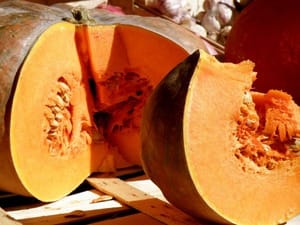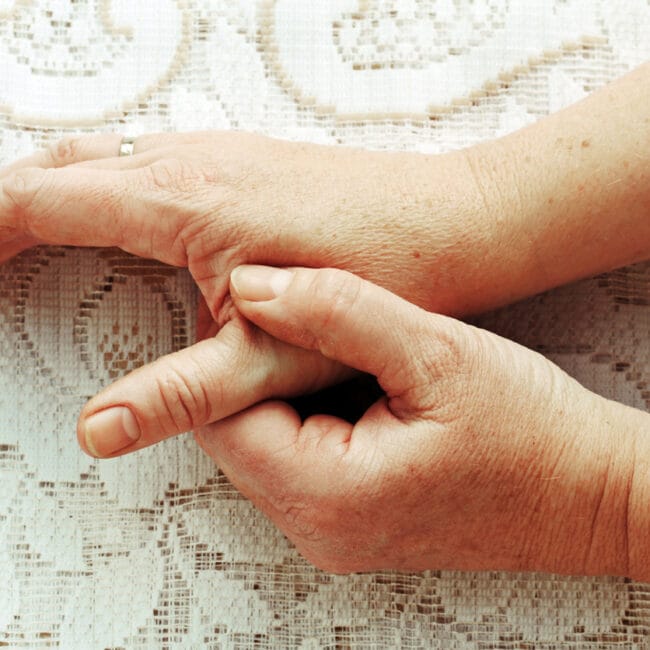Diets with the word “fibre” included generally seem to evoke sighs, with such programs being deemed as being potentially dull and lacking in flavour. However that does not have to be the case! Fibre is a vital element to your overall nutrition but it does not have to be boring.
Why is a High Fibre Diet Important?
Getting the right amount of fibre can reduce the risk of heart disease, help with diabetes and obesity, improve health overall and can assist with overall balanced dieting. High fibre diets also help with reducing the threat of bowel and digestive problems. Adding fibre to your diet does not mean you have to give up your preferred foods or change your lifestyle. Soluble fibre contains pectin and gums which stabilize blood sugar levels in our bodies. This in turn slows down the glucose absorption rate in our bloodstream. This helps to control appetite and also reduces the risk of blood clots forming.
The American Dietetic Association suggests that we should consume 25-30 grams of fibre per day. In reality most people only consume a fraction of that. We immediately think that a high fibre diet will consist of whole wheat breads, crackers or bran cereals but this does not have to be the case. So we have provided a list of 10 natural foods which are high in fibre and will fit into your diet plans! High fibre does not have to mean low taste!
Ten High Fibre Foods
- Artichokes – Few high fibre foods are as delicious to eat as artichokes. This vegetable is readily available and packs in 7 grams of fibre per vegetable. They can be cooked in wide variety of ways.
- Pears – These juicy and sweet fruits can contain up to 5.5 grams of fibre, based on the type of pear which is being eaten.
- Berries – Blackberries and Raspberries contains 4 grams of fibre per serving and they go great with breakfast cereals, as a desert of just as a snack.
- Mixed Vegetables – One cup of Vegetables provides around 8 grams of fibre. Pick and choose your favourites to steam or boil.
- Cocoa Powder – You probably never thought that making your own hot chocolate could contribute to your fibre intake. Two tablespoons of unsweetened cocoa powder in a one mug serving gives around 4 grams of fibre.
- Sweet Potato – Always leave the skin on when cooking as that is where a lot of nutritional goodness is contained, A baked sweet potato contains around 3.5-4 grams of fibre
- Dried Figs -These slightly chewy and sweet fruits provide around 3.7 grams of fibre in each small serving
- Pumpkin – Not just for carving at Halloween. One cup of pumpkin contains around 7 grams of fibre. It is a great ingredient to add to pies, stews, soups and breads.
- Almonds – These nuts have a wide range of health benefits, which happens to include a good fibre content of 3.5 grams of per serving. Almonds are great as a snack!
- Peas – The modest and common garden pea contains 2.5 -3.5 grams of fibre per serving. These are easy to serve as side dishes, casseroles and soups. Split peas can have up to 8 grams of fibre per serving.
Of course there are so many other sources of fibre such as the “traditionally” known ones such as bran, beans prunes etc. but getting your daily dose should not be a chore.Remember when adding fibre to your diet, it is wise to gradually increase consumption. Switching from a low to high fibre diet too quickly can lead to constipation, bloating, gas and cramps. It is also important to note that recommended dietary intake is different for adults than it is for children.
If you would like to discuss how to incorporate fibre into your diet, or discuss a nutrition plan please contact our patient services team for more information. Our Diet and Nutrition team are experts in providing you with detailed diet plans which help you to
References
Everyday Health
Heart and Stroke Foundation











